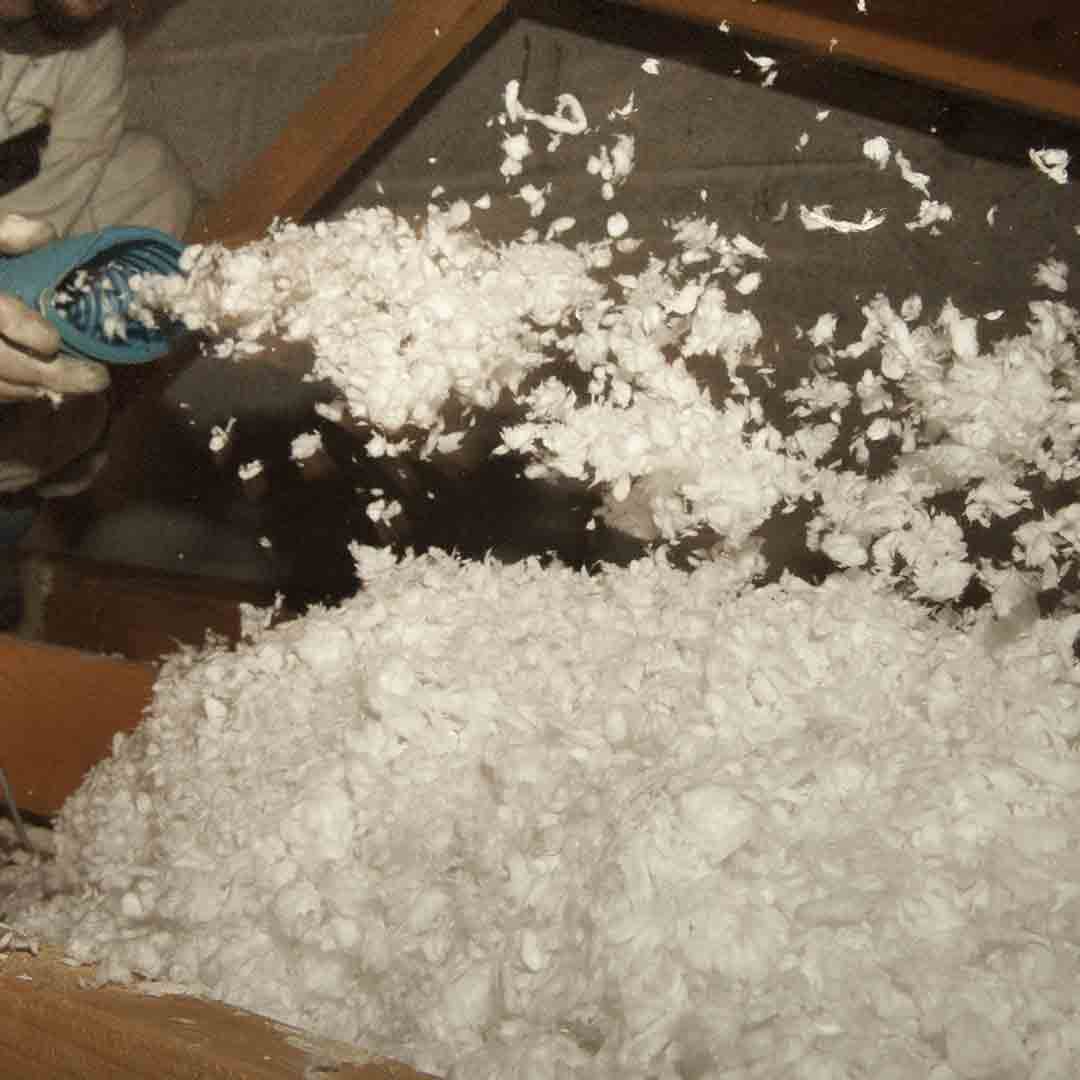The Importance of Attic Insulation in Warmer Weather
Warm and sunny days have us opening our windows and enjoying the weather. As we tend to our landscaping and upgrade our exteriors, one of the last things we think about is attic insulation.
However, the truth is that attic insulation isn’t only beneficial in the wintertime. This is an essential component that also adds value in warmer weather, and you don’t want to neglect this upgrade just because outdoor temperatures are rising.
How Does Attic Insulation Work?
The primary purpose of attic insulation is to prevent heat transfer. According to the Department of Energy, heat easily migrates to anywhere that is cooler in temperature. This means that during the winter, heat wants to escape outside.
In the summer, though, the opposite is true. The heat from the outdoors wants to come into the home, which can easily enter through various points in the home including drafty windows and doors. It can also enter through areas of the roof.
During both seasons, attic insulation prevents heat flow—whether the heat is trying to escape from the home or make its way inside or come in from the outdoors.
Insulation prevents heat flow by trapping air in small pockets within its fibers. It uses the air to insulate the home and keep it warm in the winter or cool in the summer.
How to Keep the Home Cool with Attic Insulation
Since attic insulation blocks warm air from coming inside, it’s an essential component of energy savings and indoor comfort during the warmer months. While products such as replacement windows and even roofing can impact indoor temperature, inadequate insulation can easily make the home feel too warm in the summer.
There are several key considerations to keep the home cool with attic insulation. First, you’ll want to consider the R-Value of your insulation. R-Value is a product’s ability to resist heat flow. It’s best to choose the highest number possible, which indicates sufficient insulation.
The next consideration is the type of attic insulation. While all insulation can impact indoor temperature, not all attic insulation products are created equal

Types of Attic Insulation
There are numerous insulation types that can keep the home cool. These are the most popular options along with the R-Values:
- Fiberglass batts have an R-Value of 3.0-4.0. These are designed to fit between rafters and sufficiently cover joints.
- Rockwool batts have an R-Value of roughly 4.5. They are easier to install than fiberglass batts since they spring into place and don’t require stapling.
- Loose-fill fiberglass insulation is light and fluffy with an R-Value of 2.5.
- Spray foam insulation is very efficient but costs more than standard fiberglass batts. It completely blocks airflow and provides tremendous insulation with an R-Value of 3.5 to 3.6. Closed-cell polyurethane spray foam also blocks moisture so it serves as a moisture barrier in addition to insulation. Closed-cell’s R-Value is one of the highest with an R-Value of 6.0+.
A word of caution: Some attics may contain vermiculite insulation which may contain asbestos. This is mostly found in vermiculite insulation that was installed in the 20th century. This is a flaky gray material that resembles mica. According to the EPA, the primary brand for this toxic insulation was sold under Zonolite. If you suspect that you have this insulation in your home, do not disturb it because it can release asbestos fibers into the air. Contact an asbestos contractor to remove the insulation.
Maximizing Energy Savings with Attic Insulation
According to House Logic, homeowners can save over $600 per year with new attic insulation, depending on the type that’s installed. For the best bang for your buck, consider foam attic insulation. Not only will your home feel cooler in the summer, it will also impact your energy bills over time.
You can further maximize energy savings with attic insulation by:
- Making sure that you have enough insulation to properly cover the attic space. Energy Star recommends adding more insulation if the current amount is even with or below the floor joists. If you can see the floor of your attic, more attic insulation should be installed as soon as possible.
- Using the right type of insulation. Some homeowners choose to mix different types of insulation or they simply choose the cheapest option. Take the time to research your options to get the most amount of energy savings possible.
- Opt for professional installation, especially if you choose foam spray.
However, attic insulation alone won’t necessarily make your home more energy efficient. It’s most beneficial to improve your home’s entire thermal envelope to conserve as much energy as possible. Part of this process involves checking the attic space and roof for air leaks.

Checking the Attic Space for Air Leaks
Even small holes and cracks can result in lost energy, which will increase utility bills month after month. During the summer, heat can enter the home through these common areas in the attic:
- Behind and under kneewalls
- Attic hatch
- Wiring holes
- Holes for plumbing and pipes
- Dropped soffits that are open to the attic
- Recessed lights
- Furnace flue or duct chaseway (the hollow box or wall feature that hides ducts)
If you happen to find air leaks, Energy Star suggests that you tend to the largest gaps first. This will amount to the largest energy savings. Energy Star also notes that you’ll want to keep your eyes peeled for dirty insulation as you plug up air leaks, as this is a sign that air is moving through the insulation itself. Sealing small air leaks can be accomplished with foam or caulk.

Don’t forget to be aware of potential air leaks coming from the roof. Look around for signs of moisture on rafter beams, which can manifest as condensation or even moisture damage.
Keep your home cool this summer with energy efficient attic insulation. Contact UWD to learn more about how blown-in insulation can increase energy savings.

